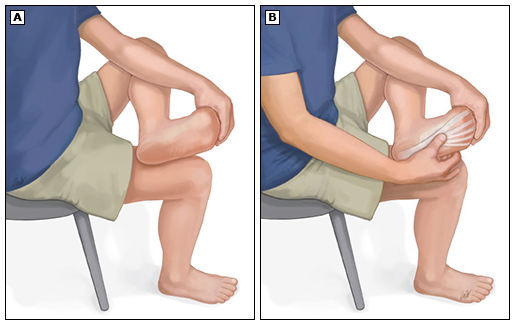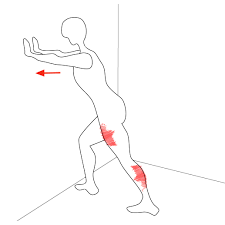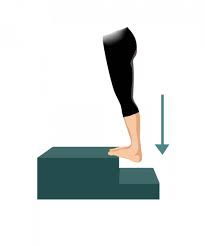While we all know that it is important to drink enough water (sweating or not), what some people don’t know is that sometimes water isn’t enough to keep us hydrated as we sweat during exercise.
When we sweat, we aren’t just losing water, we are also losing what are called electrolytes. Electrolytes are essential minerals to the body that help maintain the body’s internal functioning (keeping a proper pH balance and ensuring proper nervous system functioning), keep our muscles performing properly, and ensure adequate hydration.
Sports drinks are commonly used to help replenish electrolytes after a big sweat session, but before you go grab a Gatorade or Powerade, make sure you look at the nutrition label. Make sure the sports drink, or other electrolyte solution, isn’t high in sugar. The increased sugar levels may make the drink taste better, but it won’t be as helpful hydrating you.
Not a sports drink fan? No problem, there are other alternatives to gaining back those lost minerals. Fruits and veggies that are high in calcium, potassium and magnesium are good go to’s. And while sodium (salt) is also something we need to replenish after a workout, don’t reach for the bag of chips, but rather have a handful of nuts or a small bowl of pretzels.
Written by Dr. Taylor Ryan, staff physical therapist at HPT



